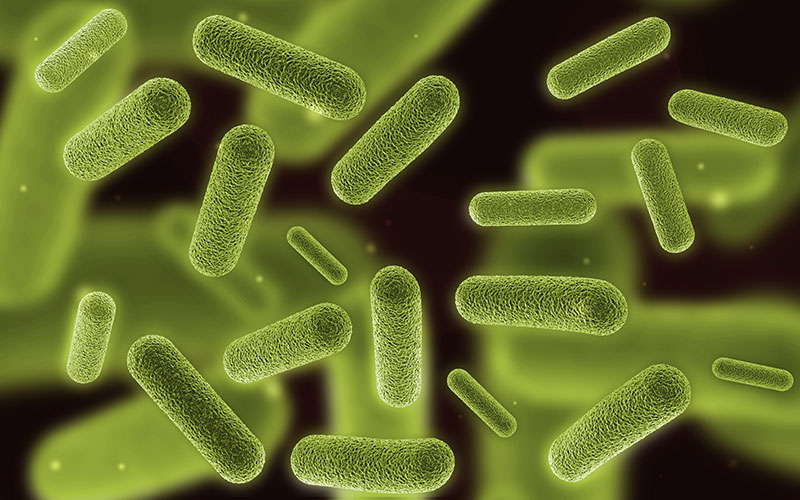Exploring New Paths for Carbon Credits in Brazilian Agribusiness
In Brazil, our environmental challenge for the coming years is enormous, writes Mauricio Nicocelli Netto at PrecisionAg. Specifically, we need to reduce greenhouse gas emissions by approximately 7% per year, so that in 10 years we will have halved our emissions and not exceed the limit of 450 parts per million. This will help prevent the melting of the polar ice caps, the death of coral reefs, the worsening of air quality, among many other problems that put at risk not only the health of the planet, but also our own health.
Globally, we quantify emissions by sectors. Today, the sector with the highest GHG emissions is the energy sector, responsible for 73% of global emissions. This sector includes transport, electricity and heat generation, buildings, manufacturing, and construction. The other sectors are: agriculture (12%), followed by land use, land use change, and forestry (6.5%); industrial processes of chemical products, cement, and others (5.6%); and waste, including landfills and wastewater (3.2%).
However, this scenario changes from country to country. In Brazil, the sector with the highest emission is agriculture with 496.10 Mt CO2, followed by land use with 387.94 Mt CO2, waste with 70.22 Mt CO2, industrial processes with 28.94 Mt CO2, and fuel with 16.74 Mt CO2.
Several actions are being carried out reduce emissions around the world, And here in Mato Grasso, Brazil, consultants and farmers are also doing our part. That’s why we decided to create Luve Carbon, with the purpose of mitigating or even zeroing carbon emissions on rural properties and helping to reduce emissions from the agricultural and land use sector.





